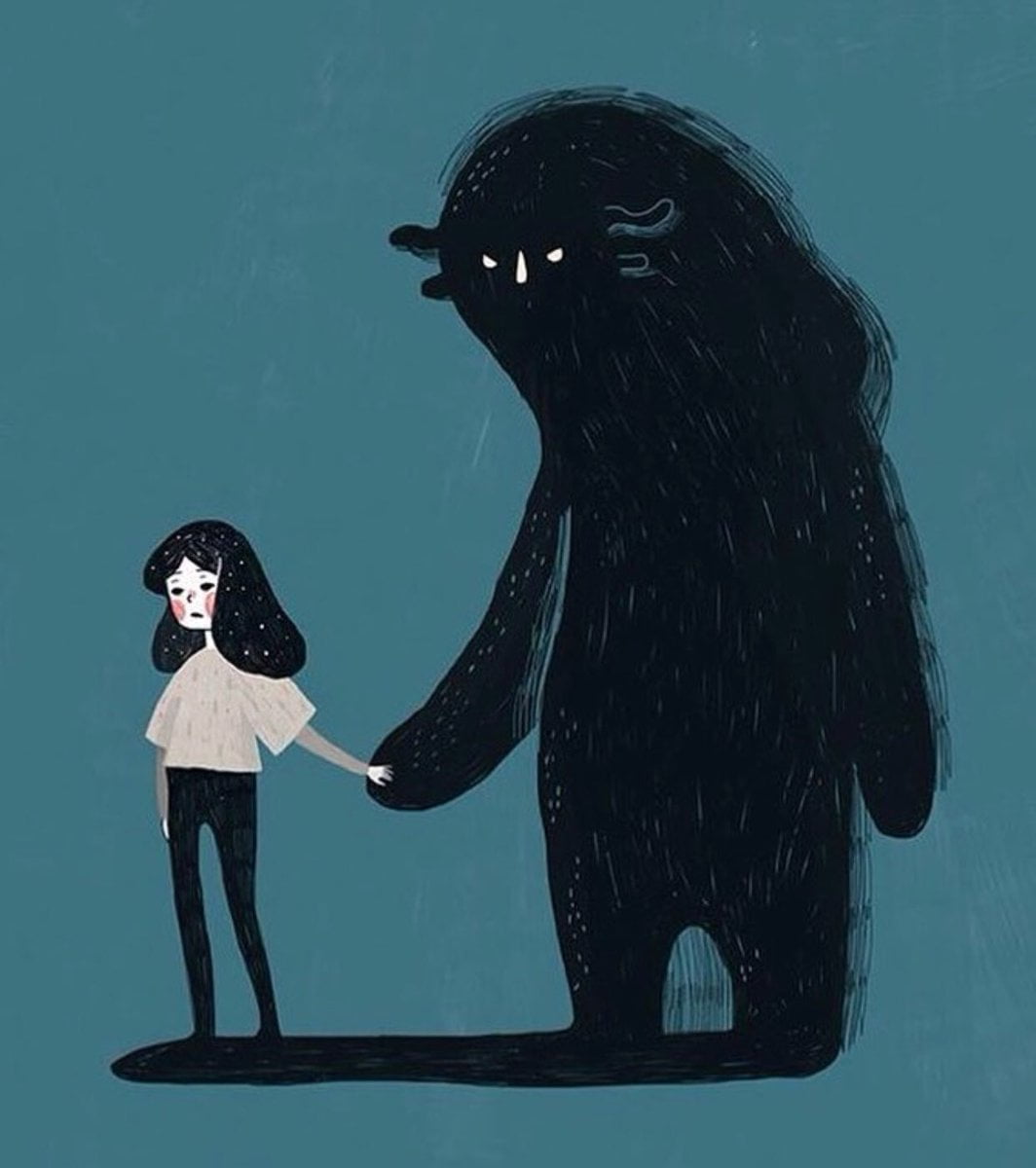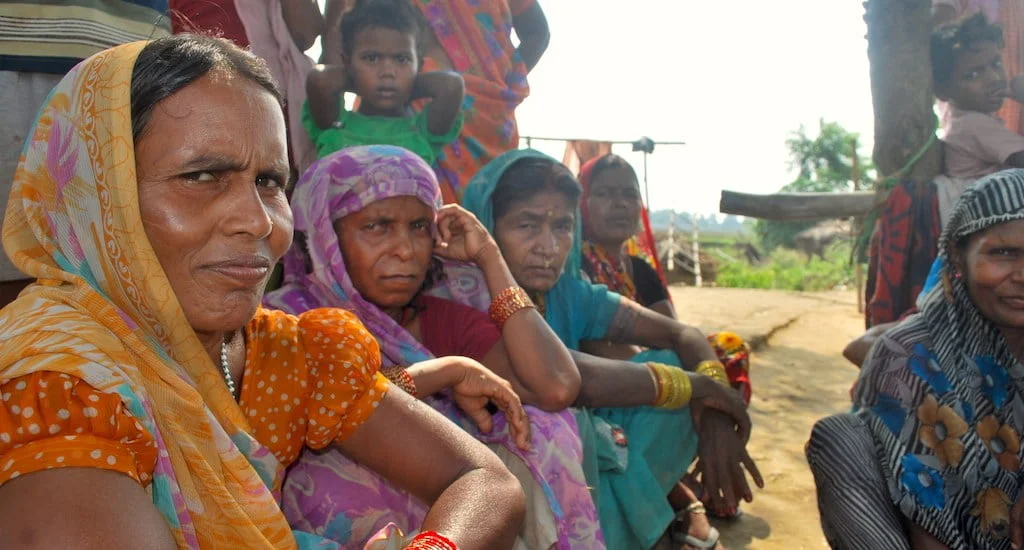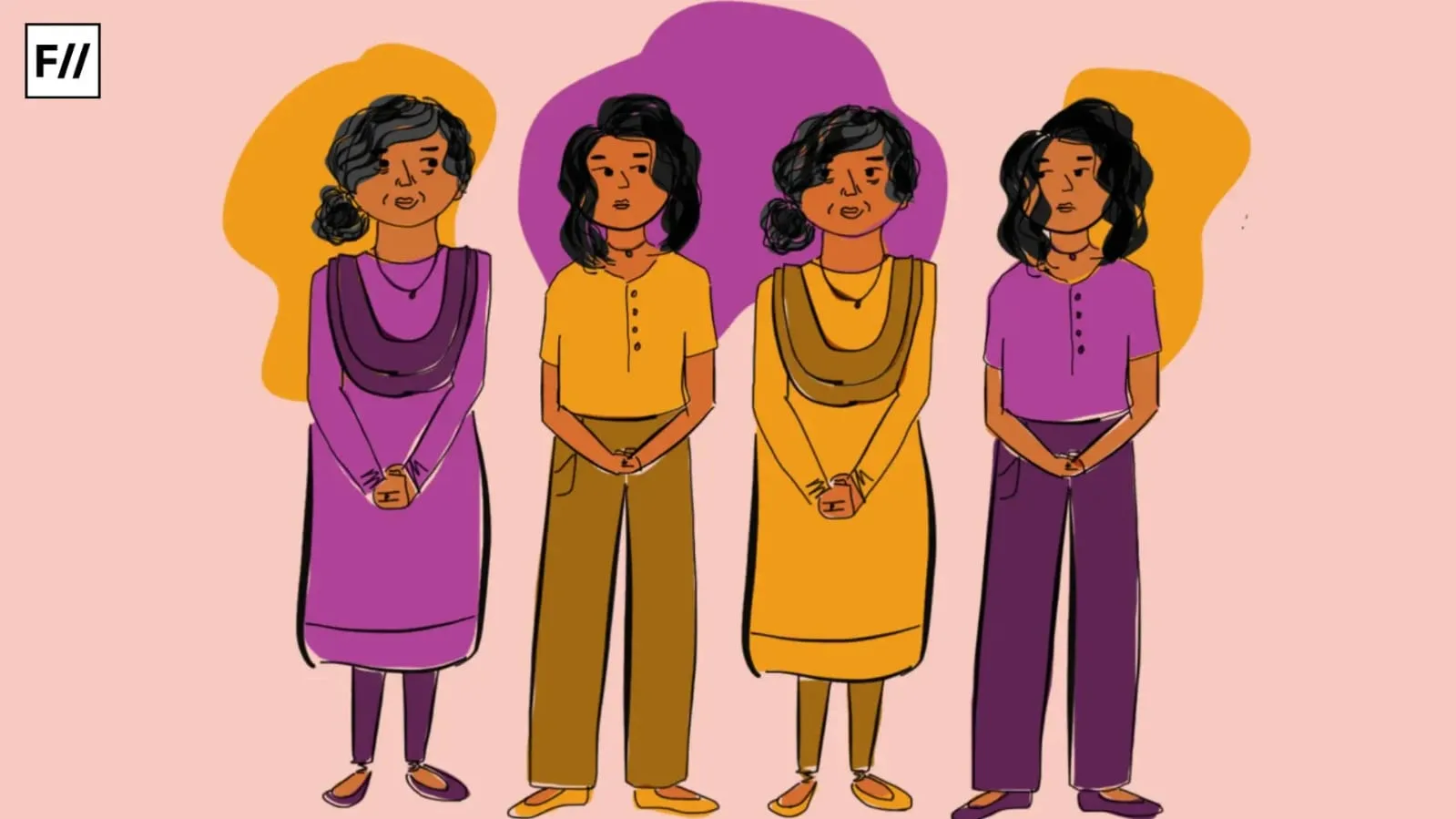I was watching the talk given by Andrew Solomon at the TEDxMet called Depression, the secret we share and I remembered a time when depression was my immediate reality. This was when I was younger, was expected to have more energy, expected to utilize resources, make something for myself in the world, expected to show a zest for life, gratitude for what had been given to me and most importantly, keep a pleasant and appealing disposition.
I tried, at least whenever I had the energy reserves to do so. But on most days and for many years, I lived miserably, without meeting any expectations—internal or external. The people who watched me during those years – mostly my family members, saw a tardy, lethargic, weak-willed, self-centred and irresponsible individual.
What they saw was a person deep in the throes of depression, having suicidal ideations, managing herself how she could best. There was no vocabulary in my household that could extrapolate the symptoms to a medical condition, at least not one that involved mental health. And so, I continued to suffer, without the ability to ask for or access help, like many in lower-middle-class families do.
It is difficult to write this piece—I have stopped midcourse enough times—particularly because that early reality is not my present reality. I am not depressed anymore and I do not have suicidal ideations. But there is always the possibility of a relapse, the possibility of falling back into that familiar place where indifference seems like an affordable perspective, coming without any efforts and that gradual letting go of resistance and resilience.
I fear it because that place is comfortable. It is comfortable enough to stay, it is comfortable enough to justify indifference and it is comfortable enough to close one’s eyes and relax in the nothingness. Solomon is accurate in describing his state of mind and body in depression. He says:
“You know it’s ridiculous while you’re experiencing it. You know that most people manage to listen to their messages and eat lunch and organize themselves to take a shower and go out the front door and that it’s not a big deal, and yet you are nonetheless in its grip and you are unable to figure out any way around it. And so I began to feel myself doing less and thinking less and feeling less. It was a kind of nullity.”
Edward Hagen believes that cultures look at depression-induced suicide either as a selfish and burdensome deed or as a cry for help.
Then I extracted a piece called Does Depression Have an Evolutionary Purpose? by Matthew Huston that I had saved in my Pocket app to read, a while back. Huston is asking an important question that needs some exploration—could it be possible that depression is a part of the evolutionary design, not a dysfunction or a malfunction, but a strategic and planned evolutionary necessity? Huston’s search for an answer leads him to two schools of thought—inclusive fitness model and the bargaining model—the results of both are inconclusive and therefore, the reader is free to choose where she finds value.
The inclusive fitness model propounds the gene as the basic unit of reproduction, thereby limiting the importance of an individual organism in the survival of the species. This explains why we may have curls of a great-grandmother and the hairline of one of our parents.
When the same gene exists in more than one individual organism, it has a greater chance of being reproduced and hence its existence in the gene pool. The inclusive fitness model also explains why we are genetically and socially programmed to take care of our immediate family and kin, to take care of their physical health and fitness.
The anthropologist Edward Hagen believes that cultures can look at depression-induced suicide either as a selfish and burdensome deed or as a cry for help. The cry for help model, aptly called as the bargaining model, explains depression as a strategy to find help even at the cost of putting oneself at risk.
It does not come as a surprise that cultures (including families), which choose either of the models, will respond to depression and suicide differently. In one, depression is seen as different from sadness or even grief and therefore, is responded with immediate help, care and support.
Huston, however, intercedes to argue, “If depression evolved as a useful tool over the aeons, that doesn’t make it useful today. We’ve evolved to crave sugar and fat, but that adaptation is mismatched with our modern environment of caloric abundance, leading to an epidemic of obesity. Depression could be a mismatched condition”.
Also Read: When Depression Recedes And The Head Is Clearer
If both Huston and Hagen are right, then what depression could have accomplished in close-knit communities is no longer possible. However, in the present scenario, where there is increasing alienation and isolation, depression appears to be a foghorn, imploring someone to keep an eye out for those wielding the storm.
One of the things that I remember from that phase was my desire to be acknowledged—to be seen in that segmented reality where I had access to no alternatives but the ones that my mind was creating, to be held and assured that this need not continue any longer than it already has. Mostly, I wanted someone to know that I was suffering, which could have increased my chances of finding help.
This was important because I was unable to help myself. Unfortunately, in the absence of a supporting system, it appeared that the attempt to take my life, if it failed, would lead to a more insensitive living environment, more suffering (this time to my family and friends), and the shame and prejudice that I would have to live with. So, I didn’t attempt suicide, yet I was dead.
Whether we see depression from the inclusive fitness or from the bargaining model—both being evolutionary models—there is still a long way to go in ensuring good mental health for all. This is particularly so because depression is still seen as a clinical condition with cures and treatments—developed and still developing; a problem that concerns an individual or at the most, a family.
Seeing depression, not as a medical condition but as a social problem would turn the tables and hold accountable many players who, at the moment, escape penalization. Thomas Joiner from the Florida State University writes, “I’m basically telling colleagues they’re medicating people when they shouldn’t be. That’s not going to be welcome news.” Indeed it isn’t, at least not for governments and corporations. But in this rigmarole – individuals, families and communities continue to suffer.
After those difficult years, when I write this piece, I acknowledge the seriousness of not taking depression, especially during early to mid-twenties – a period which is troubled with the pressure to find oneself, the availability of unhealthy coping mechanisms and poor psychosocial support, as a social crisis. To witness young people as vulnerable as I had been is a cause of concern because it indicates one thing—things have not changed much.
depression has given me a chance to see myself as a vulnerable, sensitive individual who affects and is affected by her environment.
It is scarier because the political reality of the world—locally and internationally—seems to introduce more (young) people to fear, misery, violence, exploitation, social injustice and trauma. So I am no longer convinced that depression can remain within the psychiatric community or within therapy rooms.
Some theorists like P J Watson and P W Andrews believe, “it may be best to let depression work its miserable yet potentially adaptive magic on the social network under protective supervision” and perhaps rightly so. Others believe in doing the best one can as a community to cure depression, even if it means prescribing medications or hour-long therapy sessions or other alternative treatments.
This is where we can borrow lessons from different traditions and cultures and how they have responded to a crisis of this nature, allowing the best practices to flourish and be replicated while removing those which do not treat individuals as living, breathing cognizant beings. I certainly would have liked to be treated that way, not as a burden, a sad or negative person, but as an individual who is affected by something that you have not been affected with. This is why it is important to interpret depression for oneself.
What is the purpose that I associated with depression and overcoming it? Answer: Nothing. Of course, this is not entirely true even though this is what I believe at the moment. Earlier, I believed depression to be an integral part of my identity—I have depression and am depressed—and it helped me turn in the direction of people who were sensitive and who understood but mostly to steer away from those who could not.
But once that was accomplished, depression as part of my identity has ceased to be a central element. That does not mean I am not ever cautious about triggering events/people, or that I no longer have periods of nothingness. Instead, depression has given me a chance to see myself as a vulnerable, sensitive individual who affects and is affected by her environment. In addition, it has helped me be kind to myself and hopefully with others because I would not have survived without them.
It often takes me by surprise that the person who could not get herself out of her bed, who could not form complete sentences, who could not keep herself groomed and who could not feel is able to do most things today even when she doesn’t want to. Perhaps this is the reason why I am not haunted by depression because if there is one thing you learn, it is this: you learn to open the larger picture and point to the location where you currently stand while also knowing in that very limited locale how far you have come, the distance you have already travelled. Both these moments count and make life and without knowing them both, it is difficult to see the value in each moment, each minute and each step.
Also Read: Notes To Past Self: On Living With The Beast Called Depression
Supplement this with ‘Toward a revised evolutionary adaptationist analysis of depression: the social navigation hypothesis‘ published in the Journal of Affective Disorders.
Featured Image Credit: Her Campus
About the author(s)
Rathi R teaches sociology and psychology at a media institute. When she is not teaching, she reads postcolonial and feminist literature and nonfiction writings. She has Master's degree in Social Work and is currently based in New Delhi. She writes at ratzest.wordpress.com.




